Discover Eco-Friendly Hiking Trails and Natural Reserves
Today’s chosen theme: Eco-Friendly Hiking Trails and Natural Reserves. Step into protected landscapes with intention, learn gentle trail habits, and help safeguard biodiversity while enjoying restorative, low-impact adventures. Subscribe for fresh routes, stewardship ideas, and stories from the field.
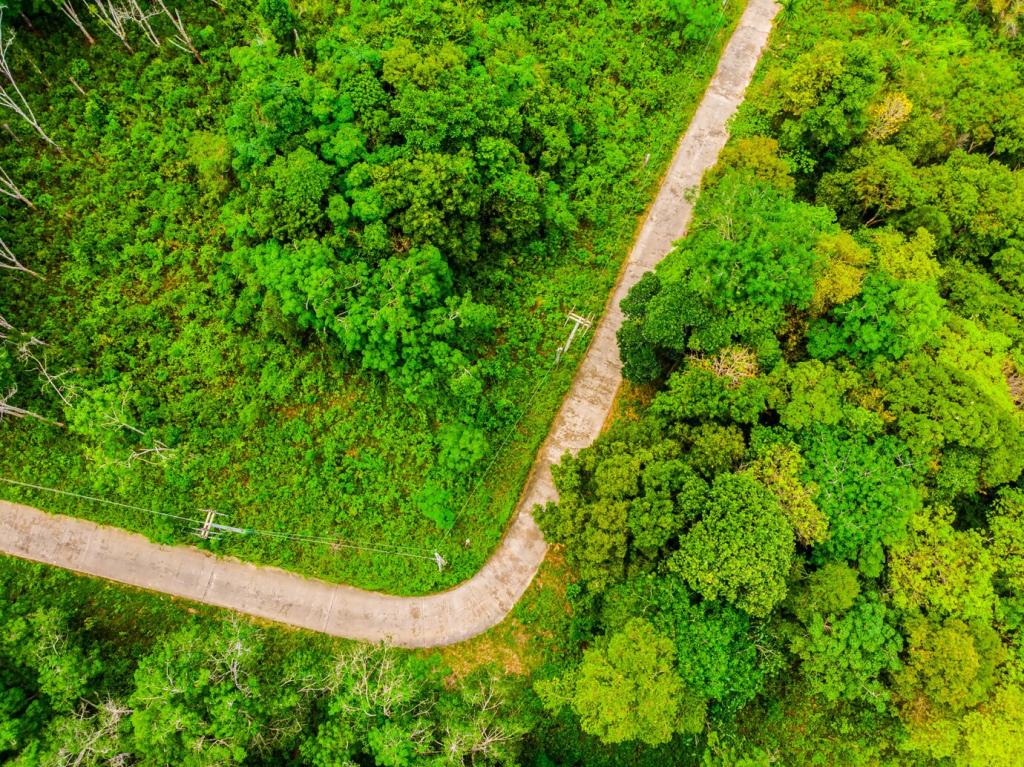
Planning Low-Impact Adventures
Select established routes within natural reserves that are designed to handle foot traffic, avoid unofficial shortcuts, and favor loop trails that disperse visitors. Check seasonal closures protecting nesting sites, and share your route choice to inspire responsible exploration.
Planning Low-Impact Adventures
Carry lightweight, durable gear to reduce fatigue and the temptation to cut corners; include reusable containers, a compact water filter, repair tape, and a small trash bag. Post your eco-pack list in our thread to help others hike lighter and kinder.
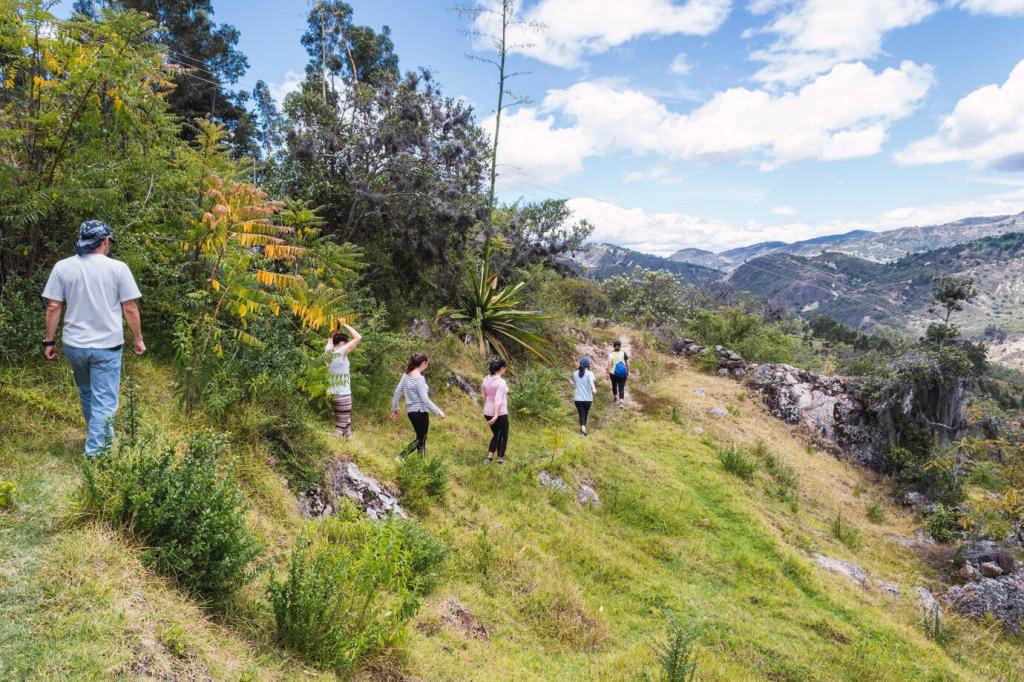
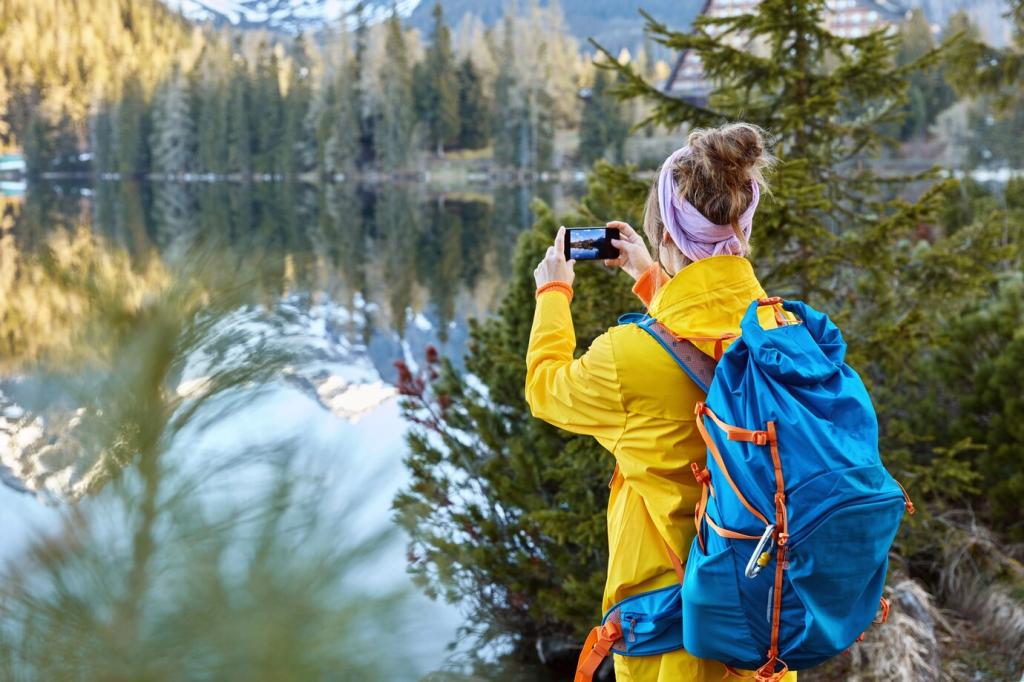

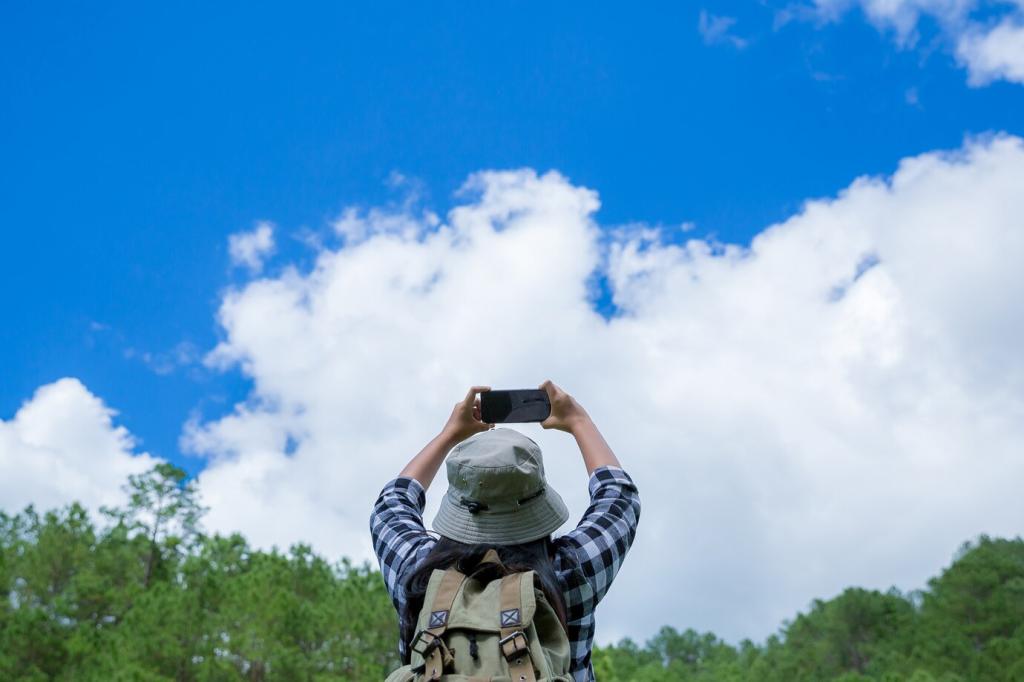
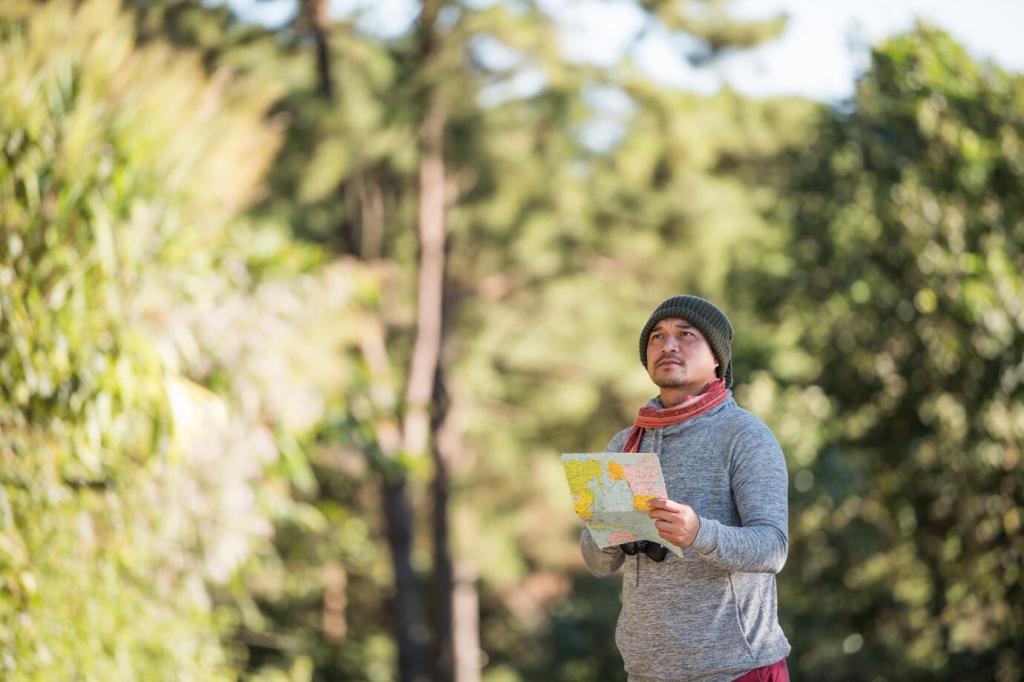
Stories from the Reserves
At sunrise, Ranger Maya watched a great blue heron return to a reed bed that volunteers had replanted the previous winter. Because hikers stayed on boardwalks, seedlings took hold, insects flourished, and fish schools thickened. Maya’s gratitude fueled our next cleanup day.
Stories from the Reserves
Nine-year-old Leo spotted a faded trail marker and asked why the side path was blocked. His parents explained habitat recovery, and he proudly led them along the official route. That evening he drew a sign: “Stay here so the birds can stay here too.”
Footwear from Recycled Materials
Choose trail shoes that incorporate recycled rubber, bio-based foams, or responsibly sourced alternatives. A supportive fit reduces off-trail detours, while resolable designs keep shoes alive longer. Tell us how many miles your most repairable pair has lasted and what maintenance helped.
Solar-Powered Essentials for Gentle Energy
A lightweight solar panel paired with a small battery bank powers headlamps, maps, and cameras without generator noise or disposable cells. Share your charging layout and real trail runtime numbers so newcomers can size systems correctly and avoid unnecessary power-hungry gadgets.
Long-Life Layers and Repair Culture
Pick layers with robust stitching, replaceable zippers, and documented care instructions. Carry a mini kit for patches and seam fixes to outlast trends. Snap before-and-after photos of repairs and post them, proving that mended gear looks good and keeps trash out of landfills.
Community and Conservation
Volunteer days teach drainage fixes, erosion control, and careful brushing that protects sightlines without harming nesting cover. Rebenched switchbacks keep hikers on durable tread. Post your next local workday link so neighbors can lace up and help maintain their favorite reserve.


Navigate Responsibly
Download reserve maps and cache satellite layers, then carry a paper topo and compass for redundancy. Avoid flagging with tape or cairn-building; rely on waypoints and official markers instead. Comment with your favorite offline map tips that prevent accidental bushwhacking.
Navigate Responsibly
Plan trips around stable weather instead of rigid itineraries that pressure risky choices. Flexible turn-around times prevent trampling fragile soil when storms hit. Tell us about a smart retreat that protected you and the trail, and what forecast clues guided the call.
